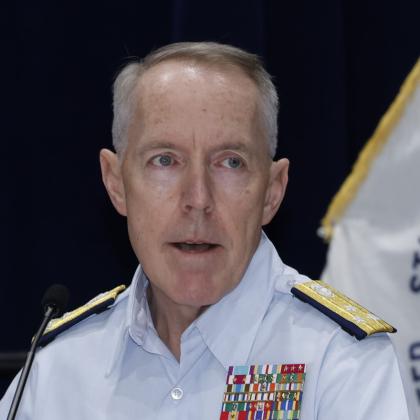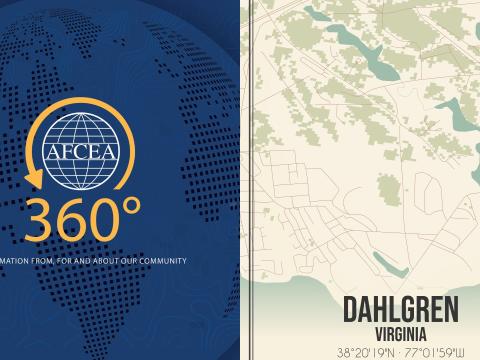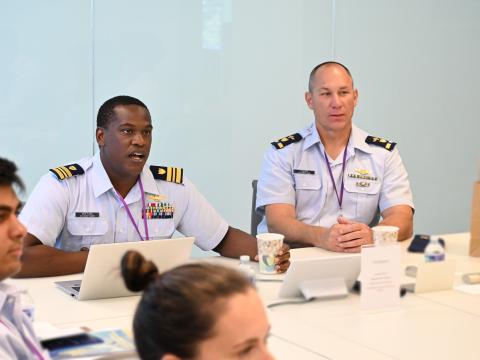Inflation and Crumbling Infrastructure Strain Budgets
Funding is where priorities are visible. Budgets are a yearly occurrence in government and the services struggle between short-term immediate needs and long-term deterrence.
“This is the decisive decade for the United States and our allies: it will determine whether the vision that we have set forth for a free and prosperous world, a democratic world, will prevail; it must prevail,” said Vice Adm. Kevin E. Lunday, USCG, commander, Atlantic Area; commander, Coast Guard Defenses Forces East; and director, DHS Joint Task Force East.
To deter attacks on the free world, funding for the Navy, Marines and Coast Guard has increased.
But inflation has impacted budget projections, making them out of date. This has been an extra burden in particular for fixed contracts, especially for smaller contractors.
“Make no mistake, the Department of the Navy will have to pay that bill, just might not be in this year's contract, because they're going to,” said Rear John E. Gumbleton, USN, deputy assistant secretary of the Navy for Budget.
The panel “Do the Sea Services Have the Resources They Need to Meet the Challenges of Today and Tomorrow?” at the WEST 2023 conference sought to give the business community a view of the funding issues that the Department of the Navy and the Coast Guard face under inflationary pressures.
Representatives from the Navy and the Marines pledged to find ways to compensate those who accepted fixed contracts through future purchases or renegotiations. The Coast Guard, which is part of the Department of Homeland Security, has not been able to employ similar tools. To keep cutters operating, the service had to find savings in other areas.
“We've seen that impact in terms of less available funds to spend on maintenance and sustainment,” Adm. Lunday told the audience. Still, this service will launch a new offshore cutter soon and this will be the largest acquisition in its history.
While various surface and underwater vessels will be new additions to the Navy, Marines and Coast Guard, the bases and piers where they will be moored and their crews housed suffer disinvestments, according to comments from the panel.
Adm. Gumbleton criticized the lack of initiative to maintain facilities. “The Navy is considering where it can no longer accept reputational risk, we can't have a pier that's going to fall down or a building that does not have hot water for sailors and Marines in it.”

This is the decisive decade for the United States and our allies.
Part of the concern for infrastructure ties in with the diminishing interest in serving in uniform. If living conditions are not adequate, this will be another element affecting recruitment and retention.
Another factor that encourages people to stay in the service is professional development. The Coast Guard’s Adm. Lunday explained that with new capabilities, training is essential. This has pushed the force to consider education a necessary investment together with the platform or capability.
“Our investment in our people is upfront first,” Adm. Lunday told the audience.
Lt. Gen. Christopher J. Mahoney, USCM, deputy commandant for Programs and Resources, also participated in the panel; Adm. Jonathan W. Greenert, USN (Ret.), former chief of Naval Operations, moderated the event.



Comments